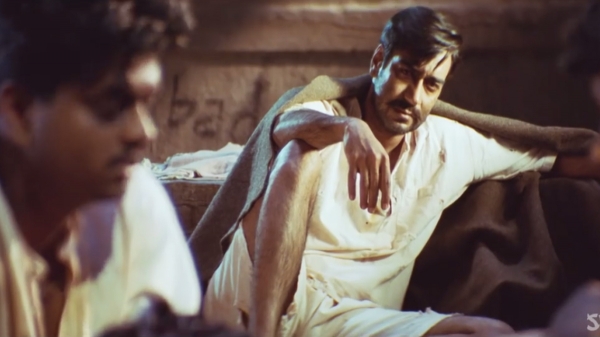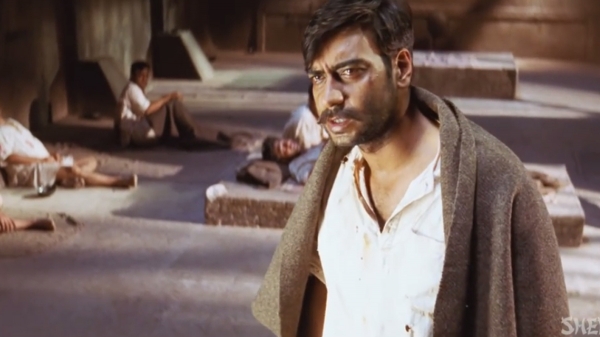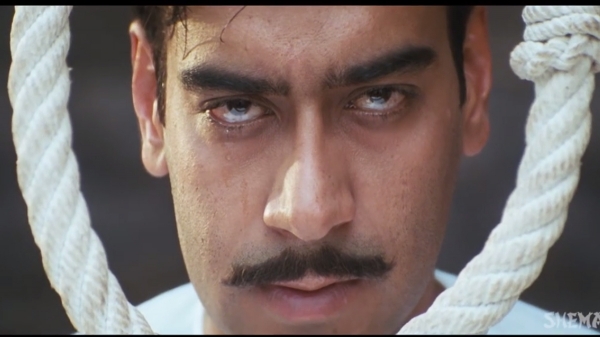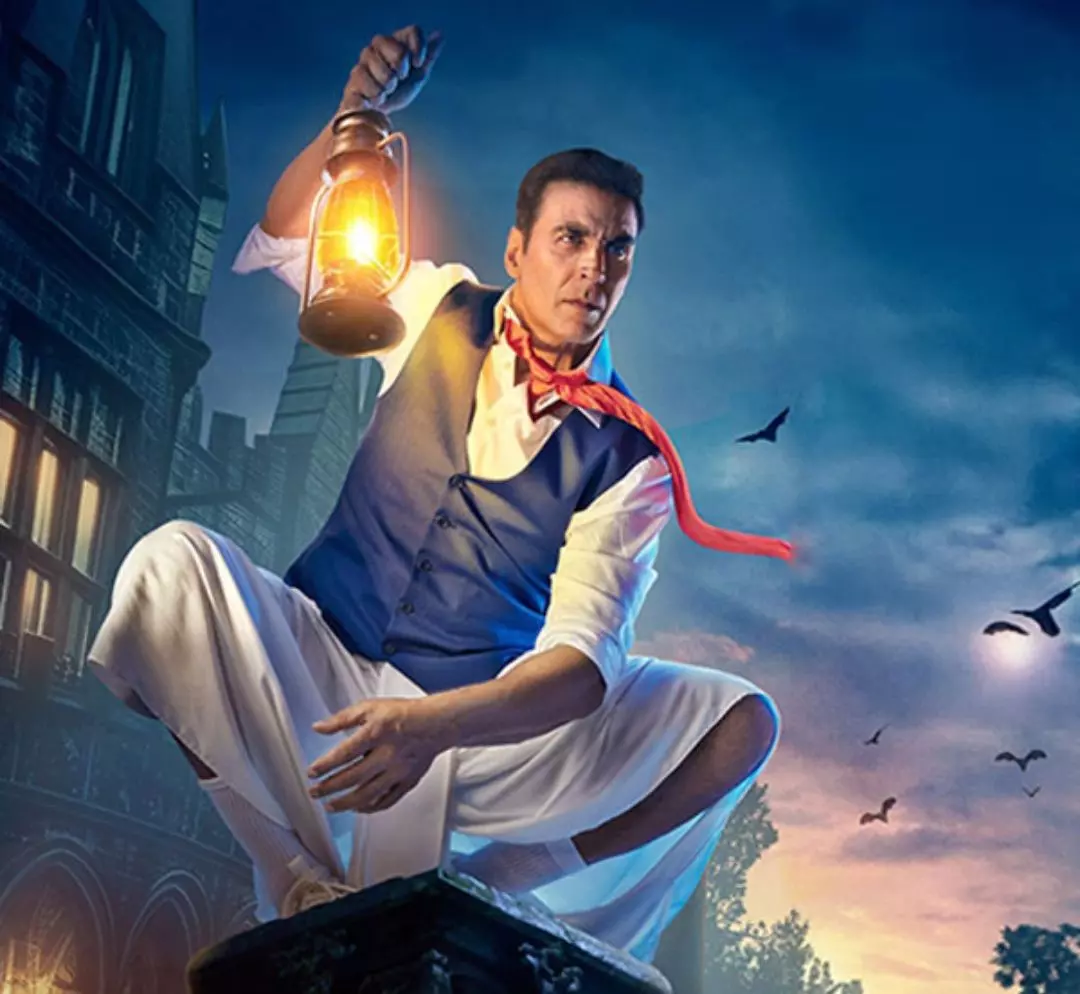Table of Content
While talking about the prolonged struggle for independence of India, the name of Bhagat Singh is impossible to ignore. Shaheed Bhagat Singh was one of the most prominent revolutionaries and remains to be among the most revered of all times.
Bhagat Singh was only 23 years of age when he was sentenced to death by the British rulers. But prior to being delivered the death sentence, his actions and the path of the revolutionary propaganda are marked by tremendous brutalities and extreme strife. His actions and philosophy, in turn, had influenced thousands of other youth of that time, who chose to take the fight for India’s independence to another level. Even Mohammed Ali Jinnah was an active supporter of the radical ideologies of Bhagat Singh.
The historic hunger strike

Perhaps the most incredible aspect of Bhagat Singh’s movement for Indian independence is the historic Hunger Strike.
It is incredible because the total span of the Hunger strike stretched for 116 days!
Scientific research says that the body of us human beings can survive without food for about a month, at the maximum. After starving for more than 4 weeks, the body’s storehouse of protein starts getting exhausted and on continual starving for more than 50 days leads to imminent death.
Even the Mahatma was known to be on a hunger strike for 21 days at a stretch. But consecutive 116 days without eating the tiniest morsel of food is something that truly deserves to be remembered at all times.
The background of the hunger strike

In April 1929, Bhagat Singh along with his associate Batukeshwar Dutt had carried out the detonation of two improvised explosives outside the Central Legislative Assembly in the then Delhi. As part of the plan, they had also shouted anti-British slogans and showered pamphlets with revolutionary ideas on the legislators who were present there. And soon after they submitted themselves readily to be arrested and jailed. This arrest had generated a wide level of publicity among the nationalists and common people in general.
When Bhagat Singh along with his comrade, Batukeshwar Dutt was jailed after this incident along with various other charges brought against them, they had met fellow inmate Jatin Das there. During this time when they were serving in the Central Jail Mianwali, they were unequally treated by the Jail Authorities.
They had noticed that the European jail inmates were being treated better than the Indian jailors. While serving his term in the Delhi Jail, they had been served better treatment, which was absolutely not the case in Mianwali Jail. The standard of food being served there was pitiable, clothing and toiletries and other elements of basic hygiene were mostly missing; their access to books and local newspapers had also been revoked totally. Jatin Das had demanded better prison conditions for the Indian prisoners but to no avail and had also demanded that no manual labour should be forced upon them. But the lack of action from the Britishers had prompted Jatin Das to start with his hunger strike and soon Bhagat Singh and Batukeshwar Dutt joined him.
The three Nationalists continued with their rock-solid determination of refusing food until the Jail Authorities agreed to their demands of treating them as political prisoners and not petty criminals. The hunger strike had created quite a stir among fellow nationalists and the public in general and gained widespread support during the month of June 1929.
Sixty-two days after her began with his hunger strike; Jatin Das finally succumbed to starvation and passed away in jail. This happened during the month of September 1929. And on the one hundred and sixteenth day, when the British Jail Authorities finally agreed to their demands of being considered as Political Prisoners, Bhagat Singh and Batukeshwar Dutt ended their hunger strike. This was on October 5th, 1929, after Bhagat Singh’s father pleaded with them to give up on starving.
During the hunger strike

The hunger strike carried out by Bhagat Singh, Batukeshwar Dutt and Jatindra Nath Das, was a phase of tremendous struggle, needless to say.
The British Government tried to hatch various plans in which they could forcefully end the hunger strike. They tried various tricks like placing a wide variety of food items thinking that deep hunger pangs would lure the revolutionaries to the food. They tried to test how strong their resolution was.
It is also known from various accounts, that the water pitchers inside the jail were filled with milk instead of water. This was done on purpose because they thought that the prisoners would be forced to drink milk out of thirst and that would lead them to end their hunger strike.
When all attempts to lure them to food or milk failed and the determined revolutionaries continued with their impasse, the Jail Authorities had even tried to forcefully feed them. This force-feeding process was something that is capable of bringing tears to any sane person, for the prisoners were stripped, caned and tortured to no end.
During this time, Pandit Jawarhal Nehru had also met Bhagat Singh and his fellow inmates at the Mianwali Jail.
Since this form of agitation had created quite an uproar by that time, Lord Irwin, the Indian Viceroy, decided to talk to the Jail Authorities to arrive at a resolution for this situation. Later on, during July 1929, Bhagat Singh was transferred to the Borstal Jail in Lahore. He had to be carried over to appear for the court hearing since he was still on hunger strike during that time and had no strength left to move by his own.
By that time, Bhagat Singh had lost more than 6 kgs since the start of the hunger strike on June 15th, 1929.
Bhagat Singh, Batukeshwar Dutt, and their fellow strikers ultimately ended their hunger strike after they were assured by the Congress party and British officials that their demands would be fulfilled. When the British Government stepped back, they had resumed the strike again but finally ended it on October 4 after 116 days, when some of their demands were met.
.webp)





_1735214375.webp)









